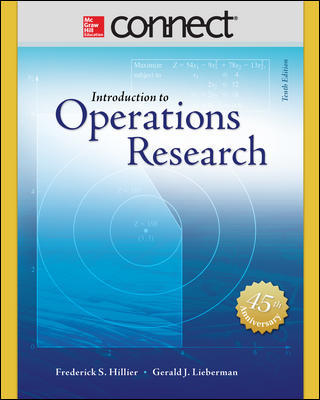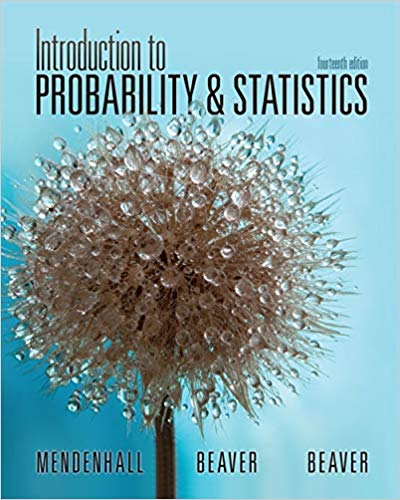Introduction to Mechatronics And Measurement Systems 5Th Edition By David Alciatore – Test Bank
Introduction to Mechatronics and Measurement Systems, 5e (Alciatore)
Chapter 3 Semiconductor Electronics
1) If two diodes are connected in series in opposite directions, ideally the result will behave like
A) a short (closed) circuit
B) an open circuit
C) ground
D) a voltage source
E) a current source
Answer: B
2) If you apply 5V directly across an LED so that it is forward biased, and its specified forward bias voltage is 2V, it will
A) shine dimly.
B) not shine at all since no current will flow.
C) become cold in temperature due to the semiconductor properties.
D) fail due to excessive current.
E) store the excess energy in a magnetic field, like an inductor.
Answer: D
3) You purchase an LED with a forward bias voltage of 2V. The manufacturer claims the most efficient current for good brightness and low power loss is 30mA. If using a 5V power supply, what resistance value should you put in series with the diode to achieve the recommended current?
A) 5/30 Ω
B) 50/3 Ω
C) 500/3 Ω
D) 150 Ω
E) 100 Ω
Answer: E
The subsequent problems deal with the circuit shown below. Assume that the diode is ideal (i.e., has a 0V forward bias voltage).
4) Using a KVL equation in loop A, which expression below is valid?
A) V1 = I1R1 + I2R2
B) V1 = −I1R1 − I2R2
C) V1 = I1R1 + (I1 − I2)R2
D) V1 = −I1R1 − (I1 − I2)R2
E) V1 = I1R1 + (I1 + I2)R2
Answer: E
5) Using a KVL equation in loop B, which expression below is valid?
A) Vd = V2 − (I1 + I2)R2
B) Vd = −V2 − (I1 − I2)R2
C) Vd = V2 + I2R2
D) Vd = V2 − I2R2
E) Vd = −V2 + I2R2
Answer: A














Reviews
There are no reviews yet.